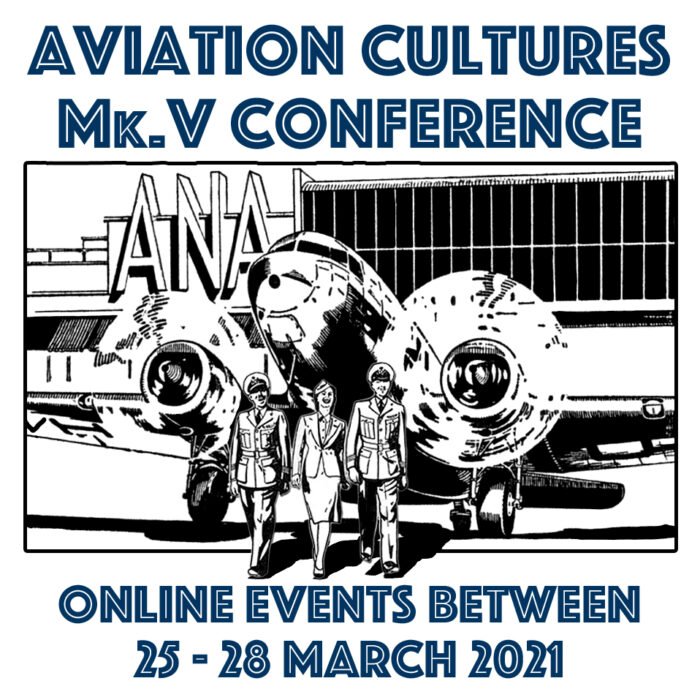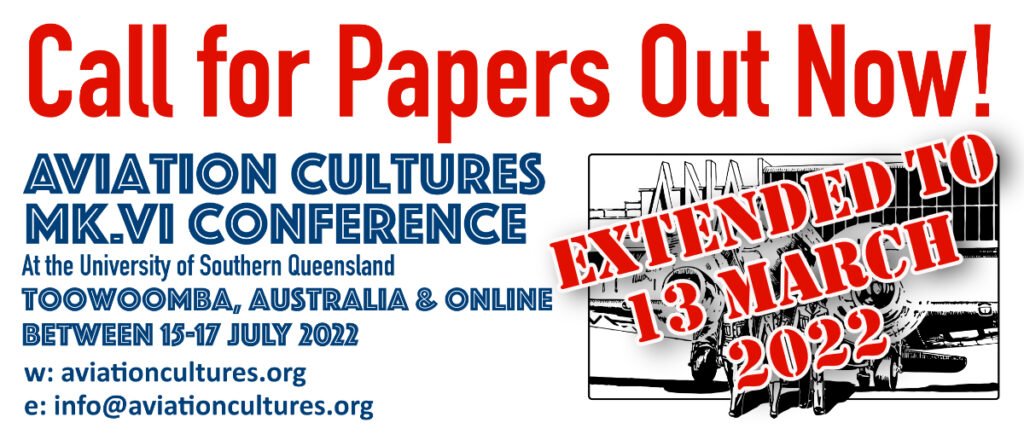In December I'll be giving a talk at the Aviation Cultures Mk. II: Technology, Culture, Heritage conference at the University of Sydney, entitled 'Comparing Hendon: aerial theatre in context'. Here's the abstract:
The RAF Pageants held between 1920 and 1937 at Hendon in north London were an annual series of air shows, in which military aircraft put on impressive displays of aerobatics and formation flying, climaxing with an elaborate set piece in which a battle scenario with an imaginary enemy was acted out, for the entertainment and edification of the spectators. These pageants were hugely popular among all social classes, being witnessed each year by hundreds of thousands of people directly and many millions more indirectly through newsreels. Hendon was undoubtedly the most important British venue for staging aerial theatre, the use of aviation spectacle to project images of future warfare, national power and technological prowess. However, the RAF Pageants were not unique. In this paper I will compare them with: equivalent forms of theatre employed by the British Army and the Royal Navy; similar forms of aerial theatre staged internationally, for example in Italy, the Soviet Union and Australia; and different kinds of aerial theatre used by the RAF itself, particularly Empire Air Day. This comparative approach will enable me to demonstrate the importance of Hendon and its influence, and to understand the relationship between the specific form of aerial theatre and the messages it conveyed about war, nation and technology.
This is the start of pulling together a few themes into something publishable. As part of the revision process for my 1913 phantom airships article, I decided to cut the section on the idea of the aerial theatre and to instead expand that into an article of its own. But instead of focusing narrowly on the Edwardian aerial theatre I'll think I'll take it into the interwar period and talk about the Hendon pageants instead, which were the subject of a series of posts I did ages ago. So it's time to take another look at Hendon, and presenting at Aviation Cultures Mk. II will be a part of that process.
I see that I neglected to post about Aviation Cultures Mk. I, which was held back in February, also at the University of Sydney. I think that was because I wasn't presenting anything original, just an overview of my research interests. It was an excellent one day interdisciplinary seminar involving mostly Australian researchers from the humanities and social sciences, as well representatives from the heritage sector. A highlight for me was Michael Molkentin's paper on pre-1914 military aviation in the Dominions, where he revealed the (unsurprisingly) naive entries submitted by the public for the Australian government's competition to design an effective military machine. Peter Hobbins (one of the organisers) spoke about his work on the pioneering Cotton Aerodynamic Anti-G Suit, the remains of which we got to see (it was developed at Sydney). So with Aviation Cultures Mk. I being such a success, the programme for Mk. II has expanded to cover two days. There are a lot of papers to look forward to, but here I will just mention those given by Leigh Edmonds, author of the (I think) only study of Australian airmindedness, who will speak on 'Australian aviation and society: the feedback loop', and two by commenters on this blog, Phil Vabre (with Roger Meyer) on 'How to make the uninteresting interesting: the Airways Museum as a case study', and James Kightly (AKA JDK) on 'Tested testers: re-learning to fly the Boxkite'. Should be fun!
![]() This work is licensed under a Creative Commons Attribution-NonCommercial-NoDerivatives 4.0 International License.
Permissions beyond the scope of this license may be available at http://airminded.org/copyright/.
This work is licensed under a Creative Commons Attribution-NonCommercial-NoDerivatives 4.0 International License.
Permissions beyond the scope of this license may be available at http://airminded.org/copyright/.



